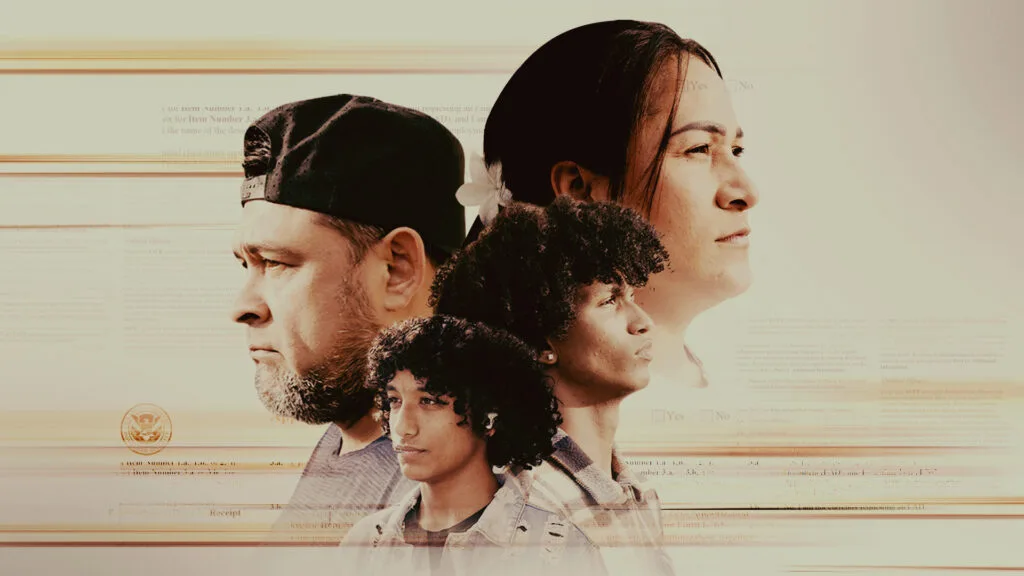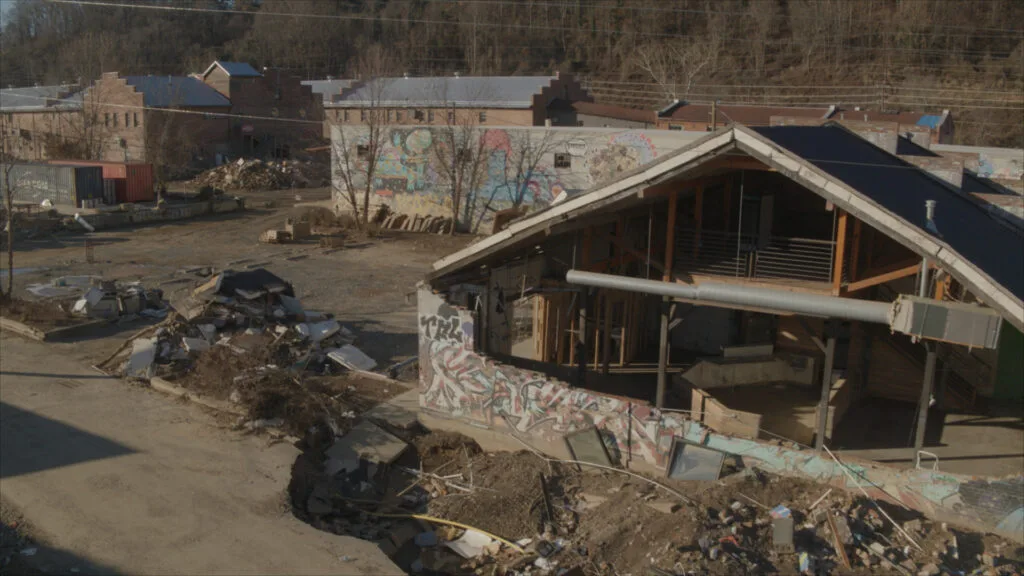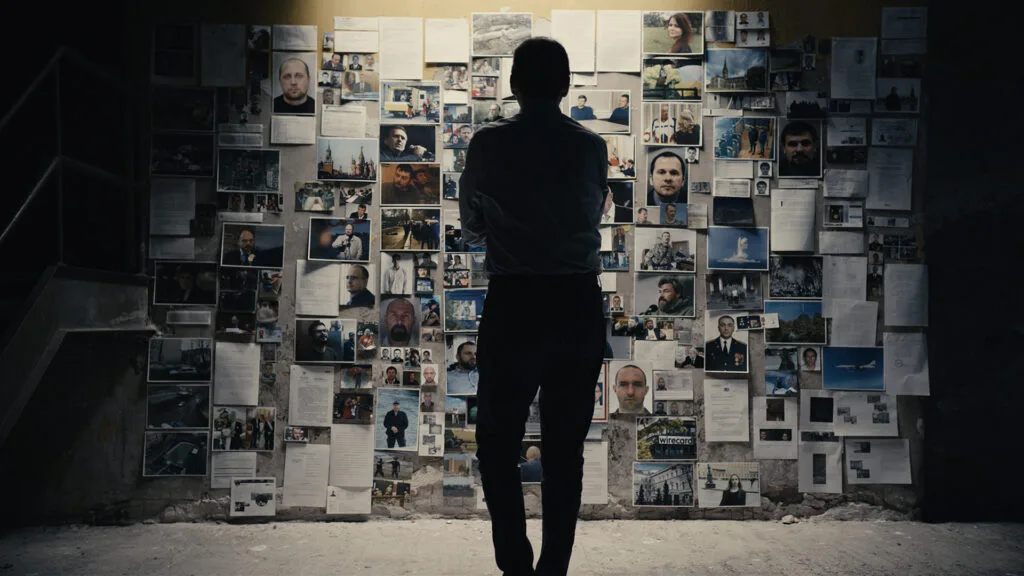Inside the Uvalde Response

January 23, 2024
Drawing on real-time, firsthand accounts and using official bodycam and audio, FRONTLINE, ProPublica and The Texas Tribune reconstruct the chaotic response to the Uvalde school shooting and examine the missteps. The documentary delves into the lessons learned and the lingering trauma of that day.
Latest Documentaries
Policies
Teacher Center
Funding for FRONTLINE is provided through the support of PBS viewers and by the Corporation for Public Broadcasting. Additional funding is provided by the Abrams Foundation; Park Foundation; the John D. and Catherine T. MacArthur Foundation; and the FRONTLINE Trust with major support from Jon and Jo Ann Hagler on behalf of the Jon L. Hagler Foundation, and additional support from Koo and Patricia Yuen. FRONTLINE is a registered trademark of WGBH Educational Foundation. Web Site Copyright ©1995-2025 WGBH Educational Foundation. PBS is a 501(c)(3) not-for-profit organization.


















